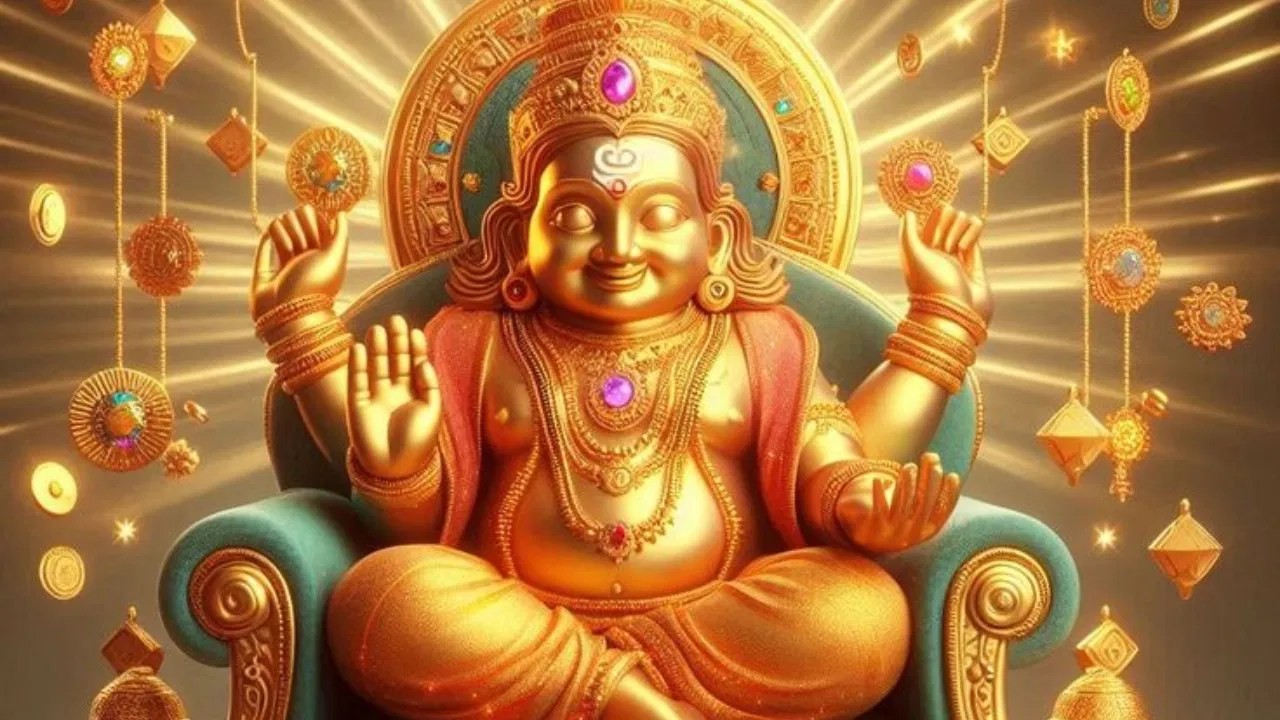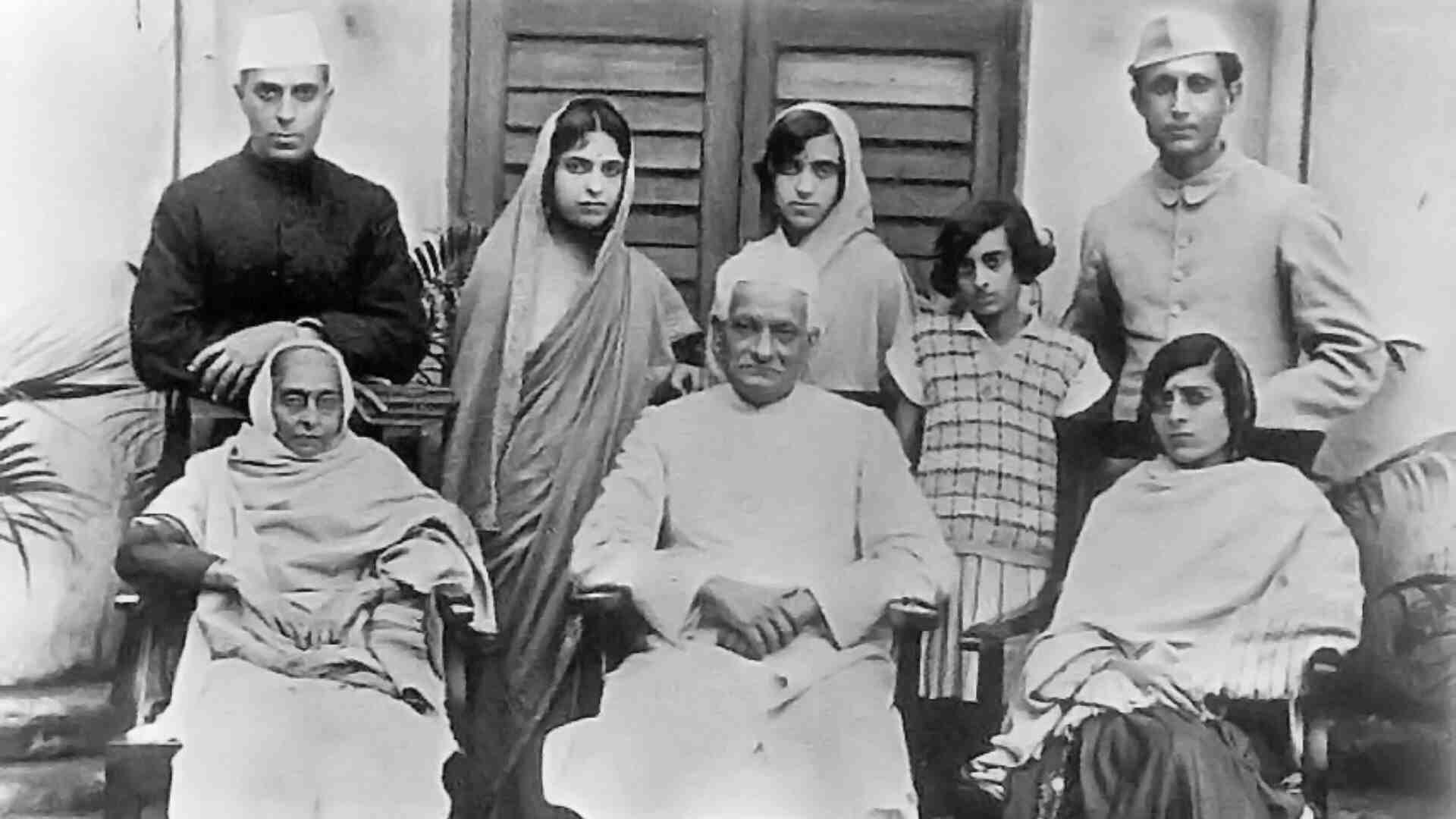Indian saffron stands as a testament to the enduring legacy of a spice that has captivated hearts and tantalized taste buds from ancient times to the modern era.
The history of Indian saffron is a saga of resilience, tradition, and innovation. From its ancient origins to its modern-day significance, saffron has woven itself into the fabric of Indian culture and cuisine. As it continues to thrive amidst challenges, Indian saffron stands as a testament to the enduring legacy of a spice that has captivated hearts and tantalized taste buds from ancient times to the modern era.
Today, we will provide of insights on the history of the saffron and its contemporary significance. The story of Indian saffron traces back to ancient times when the spice found its way to the Indian subcontinent from its place of origin in Persia (modern-day Iran). References to saffron can be found in ancient Indian texts such as the Vedas, where it was revered for its medicinal properties and used in religious rituals. Its journey into the heart of Indian culture had begun.
Ancient Roots
An Indian Buddhist missionary by the name of Madhyântika (or Majjhantika) was sent to Kashmir in the 5th century BC. Upon his arrival he seemingly sowed the first Kashmiri saffron crop. From there, saffron use spread throughout the Indian subcontinent. In addition to use in foods, saffron stigmas were also soaked in water to yield a golden-yellow solution that was used as a fabric dye.
Some historians believe that saffron first came to China with Mongol invaders by way of Persia. Saffron is mentioned in the ancient Chinese medical text Shennong Ben Cao Jing, believed to be from the 3rd century AD (but attributed to mythological emperor Shennong). Yet the Chinese were referring to saffron as having a Kashmiri provenance. The Chinese medical expert Wan Zhen wrote that “The habitat of saffron is in Kashmir, where people grow it principally to offer it to the Buddha”.
Wan reflected on how saffron was used in his time: “The [saffron crocus] flower withers after a few days, and then the saffron is obtained. It is valued for its uniform yellow colour. It can be used to aromatise wine.”
According to some Persian records, these suggest to many experts that saffron, among other spices, was first spread to India via Persian rulers’ efforts to stock their newly built gardens and parks. They accomplished this by transplanting the desired cultivars across the Persian empire. Phoenicians then began in the 6th century BC to market the new Kashmiri saffron by utilising their extensive trade routes. Once sold, Kashmiri saffron was used in the treatment of melancholy and as a fabric dye.
On the other hand, traditional Kashmiri legend states that saffron first arrived in the 11th or 12th century AD, when two foreign and itinerant Sufi ascetics, Khwaja Masood Wali and Hazrat Sheikh Shariffudin, wandered into Kashmir. The foreigners, having fallen sick, beseeched a cure for illness from a local tribal chieftain. When the chieftain obliged, the two holy men reputedly gave them a saffron crocus bulb as payment and thanks. To this day, grateful prayers are offered to the two saints during the saffron harvesting season in late autumn. The saints, indeed, have a golden-domed shrine and tomb dedicated to them in the saffron-trading village of Pampore, India.
Highlighting the historical importance of Indian saffron in global trade and cultural exchange, there are some reports showcasing its significance beyond the borders of India.
There are always legends on the origin of the spice, some historians believed that the saffron has roots from other countries also. Saffron cultivation is also believed to have originated in ancient Persia, and it was Persians who likely introduced saffron to India. There has been a historical exchange of saffron between India and Persia, with both regions valuing this precious spice for its culinary and medicinal properties.
Indian saffron has historical trade connections with Central Asian countries such as Uzbekistan, Tajikistan, and Kyrgyzstan. These regions have also cultivated saffron, and trade routes facilitated the exchange of saffron and other goods between India and Central Asia.
Saffron trade routes connected India with the Arab world, including countries like Saudi Arabia, Iraq, and the United Arab Emirates. Arab traders played a significant role in the dissemination of saffron across different regions, contributing to its spread and popularity.
Indian saffron has had trade connections with various European countries throughout history. During the medieval period, Indian saffron was highly prized in Europe and was traded along the Silk Road and other trade routes. It was considered a luxury item and was used in cooking, perfumery, and medicinal preparations.
While China is not traditionally known for saffron cultivation, it has been a significant market for Indian saffron due to its historical trade connections with India. Indian saffron was traded along the ancient Silk Road routes, which connected India with China and facilitated cultural and economic exchange between the two countries.
In modern times, Indian saffron continues to be exported to various countries around the world, including the Middle East, Europe, North America, and East Asia. Its premium quality, especially Kashmiri saffron, makes it sought after in international markets, contributing to India’s saffron export industry.
Cultural Significance:
Saffron became deeply intertwined with Indian culture, symbolizing purity, auspiciousness, and prosperity. It adorned religious offerings, festivals, and ceremonies, casting its golden glow on temples and households alike. Its fragrance wafted through the air, carrying with it the essence of tradition and heritage.
Medicinal Marvel:
Ayurveda, the ancient Indian system of medicine, recognized saffron as a potent herb with a plethora of health benefits. From treating respiratory ailments to digestive disorders, saffron found its place in the apothecary of Ayurvedic practitioners. Its antioxidant properties and therapeutic effects earned it a reputation as a panacea for various maladies.
Trade and Commerce:
The lush valleys of Kashmir emerged as the epicenter of saffron cultivation in India. Kashmiri saffron, renowned for its superior quality and intense flavor, became a prized commodity in the global spice trade. Trade routes crisscrossed the region, connecting Indian saffron farmers with merchants from distant lands. Saffron became not just a spice but a symbol of economic prosperity and international trade.
Culinary Delight:
Indian cuisine embraced saffron with open arms, infusing its delicate aroma and vibrant color into an array of dishes. From the regal biryanis of the Mughal era to the decadent desserts of modern-day India, saffron became a culinary hallmark, elevating ordinary meals to extraordinary feasts. Its subtle yet distinctive taste left an indelible mark on the palates of food enthusiasts across the globe.
Challenges and Resilience:
Despite its storied past, Indian saffron faces challenges in the modern era. Climate change, water scarcity, and competition from other saffron-producing countries pose threats to its cultivation. However, Indian saffron farmers, with their resilience and ingenuity, continue to nurture this precious spice, safeguarding its legacy for future generations.
The Present cultivation in India
From Kashmir to Jaisalmer – that’s how far the aromatic spice saffron seems to have travelled with a farmer who tried growing the plant here on an experimental basis. Kashmir is the primary turf for the cultivation of the precious spice but farmers and researchers in west Asian region of Rajasthan also shown keen in its cultivation.
According to recent reports some farmers with scientific temper cultivated saffron in the in Jalore, Jaiselmer, Dalesar, Churu and Pilani regions in Rajasthan. They successfully cultivated saffron in the dryland but the journey is not an easy one.
Researchers are looking to train people from across the country in how to grow the expensive spice outside its traditional cold-climate spots. A group of researchers in India’s Rajasthan state is attempting to revolutionize local saffron farming by growing it in warmer and dryer lands. Despite traditionally needing extreme cold conditions to cultivate, people are increasingly growing saffron in the state famous for its deserts and high temperatures.
Popularly known as ‘Red Gold’ for its $3,600-per-kilo prices, saffron is mostly cultivated in the mountainous Jammu and Kashmir region and Himachal Pradesh state. The Indian natural medicine system ‘Ayurveda’ considers saffron an immensely beneficial herb for children and the elderly, especially for mental health.
Researchers believed that diversifying the traditional crops of farmers, who grow low remunerative crops, Kesar cultivation may elevate their income. Kesar area will multiply in the times to come,.
A group of researchers in India’s Rajasthan state is attempting to revolutionize local saffron farming by growing it in warmer and Saffron has been deeply intertwined with Indian culture and traditions. It has been used not only in cooking but also in religious ceremonies, particularly in Hinduism and Buddhism. Saffron is considered auspicious and is often used in religious offerings and rituals. Ayurveda, the ancient Indian system of medicine, considers saffron as a valuable herb with numerous health benefits. It has been traditionally used to treat various ailments such as asthma, cough, cold, and digestive issues. Saffron is also believed to have antioxidant properties.
Trade and Commerce: India has a long history of saffron cultivation, particularly in the region of Kashmir. Kashmiri saffron is renowned for its superior quality and is considered one of the best varieties globally. Saffron trade has been an important part of the economy in regions where it is cultivated.
Saffron is widely used in Indian cuisine, especially in dishes such as biryani, kheer (Indian rice pudding), and various sweets and desserts. It adds a distinct flavor, aroma, and a vibrant yellow-orange color to the dishes.
Despite its historical significance and cultural importance, saffron cultivation in India faces challenges such as climate change, water scarcity, and competition from other saffron-producing countries. Additionally, the high labor intensity required for saffron cultivation makes it a challenging and expensive crop to grow.























